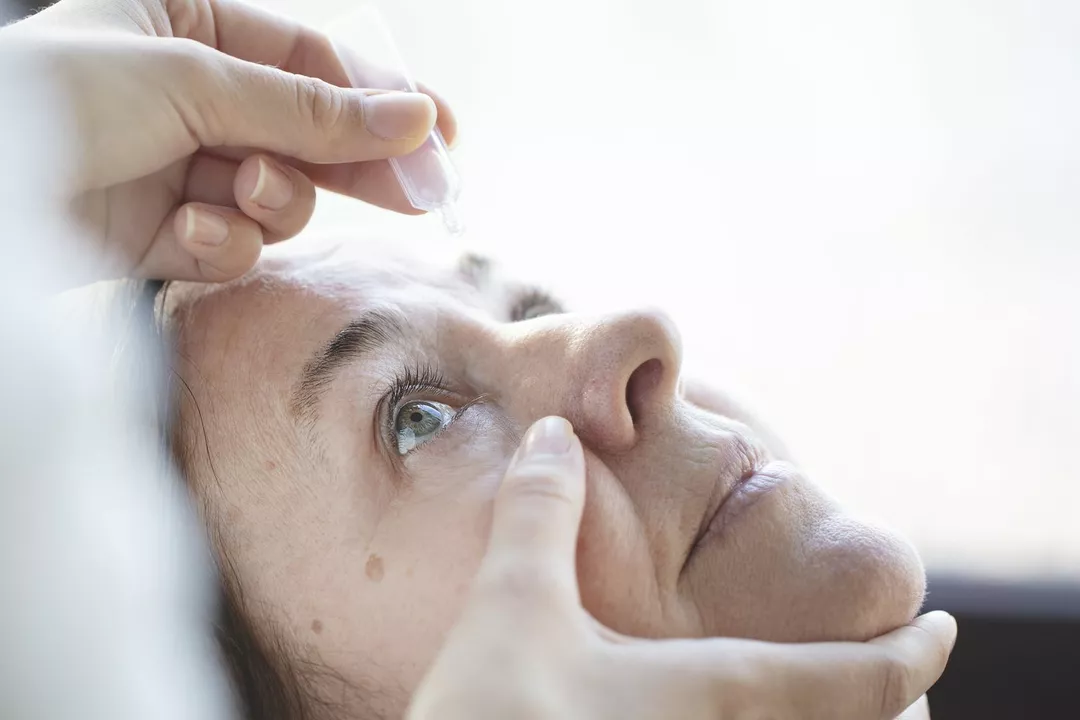Precautions You Need Before Buying or Using Medications
If you’ve ever clicked “add to cart” on a drug site, you probably wondered whether it’s safe. The truth is, a few quick checks can protect you from fake pills, bad side effects, and costly mistakes. Below are the everyday steps anyone can take to keep medication use simple and secure.
Check the Source – Is the Pharmacy Legit?
First thing: look for a valid pharmacy license. Real U.S. pharmacies list a state‑issued number and a pharmacist’s name on their contact page. A quick Google search of that number should pull up the licensing board’s record. Avoid sites that only accept cryptocurrency, have vague “no prescription needed” claims, or hide their physical address.
Know the Drug’s Risks – Side Effects and Interactions
Every pill comes with a warning label for a reason. Before you click purchase, read the official side‑effect list on FDA.gov or the drug’s package insert. Pay special attention to interactions with foods, alcohol, or other meds you already take. If something feels unclear, a short call to your pharmacist can clear up whether it’s safe for you.
Second, verify dosage forms. Some drugs are sold as 10 mg tablets and 20 mg capsules—mixing them up is an easy mistake. Keep the original packaging until you’ve double‑checked that the strength matches what your doctor prescribed.
Third, protect your payment info. Use credit cards or trusted payment processors that offer fraud protection. Never share your social security number or bank login details with a site that asks for them just to “confirm identity.”
Fourth, store meds right after they arrive. Keep tablets in a cool, dry place away from sunlight and out of reach of kids. For liquid prescriptions, check the expiration date immediately; many liquids lose potency faster than pills.
Fifth, follow the prescribed schedule exactly. Skipping doses or doubling up because you “feel better” can cause rebound symptoms or dangerous side effects. Set a phone alarm if it helps you stay on track.
If you notice any new rash, dizziness, or stomach upset after starting a medication, stop using it and call your healthcare provider within 24 hours. Early reporting prevents complications and gives your doctor a chance to adjust the treatment.
Finally, keep a simple medication list. Write down each drug’s name, dose, and why you’re taking it, then share that list with every new prescriber. A clear record stops accidental duplicate prescriptions and makes emergency care smoother.
As a blogger, I recently came across some vital information about Nitrofurantoin and its connection to eye disorders. Nitrofurantoin is an antibiotic commonly used to treat urinary tract infections. However, I discovered that in rare cases, it can lead to eye disorders like optic neuritis and blurred vision. If you're taking Nitrofurantoin and notice any changes in your vision, it's essential to consult your doctor immediately. In conclusion, while Nitrofurantoin is effective against infections, we should be aware of its potential side effects on our vision.
May, 19 2023

